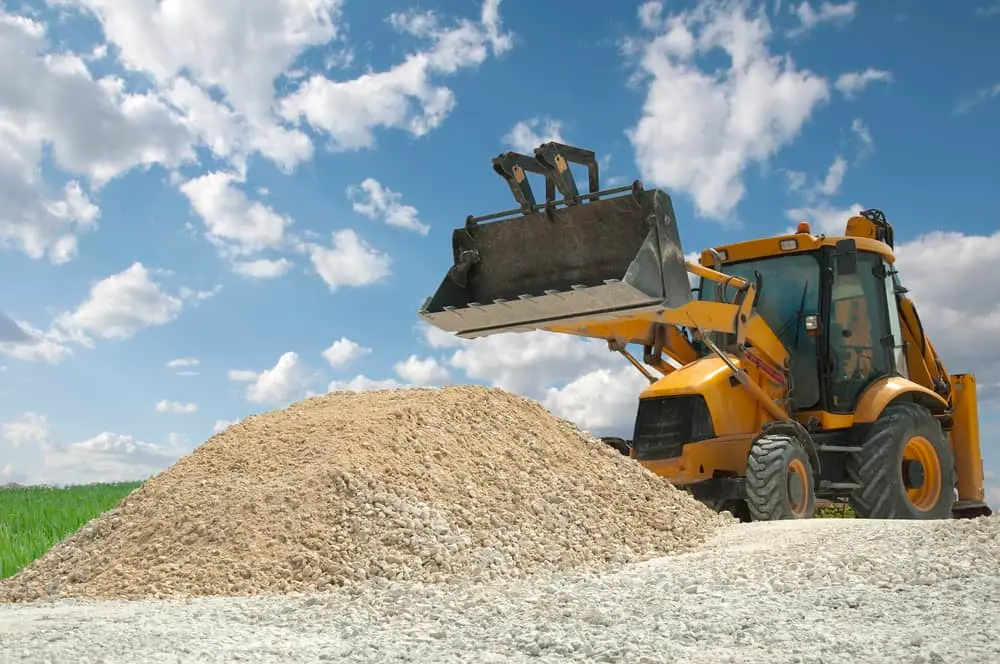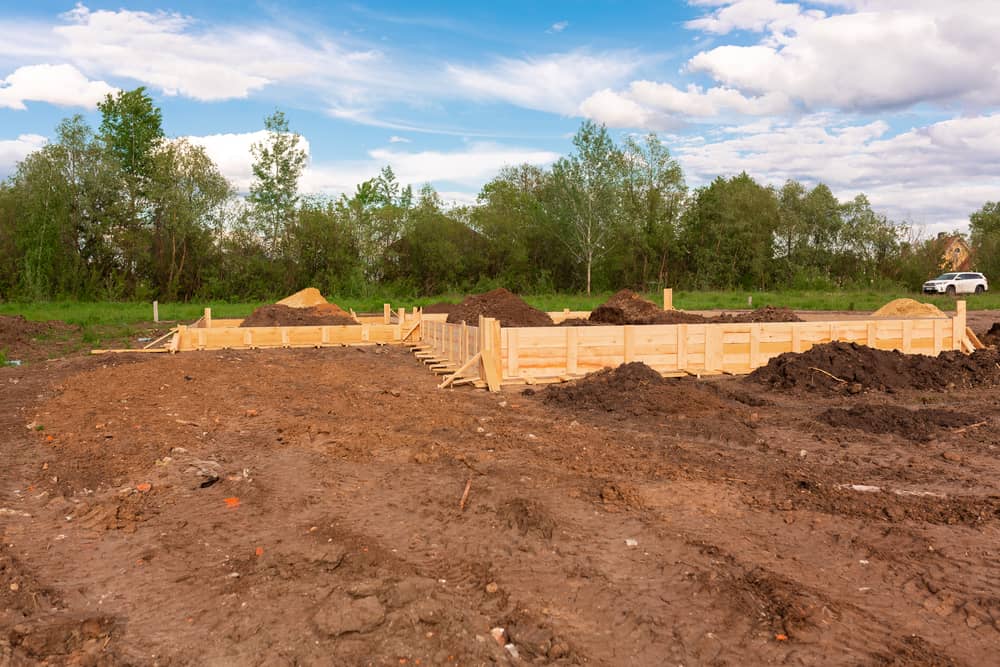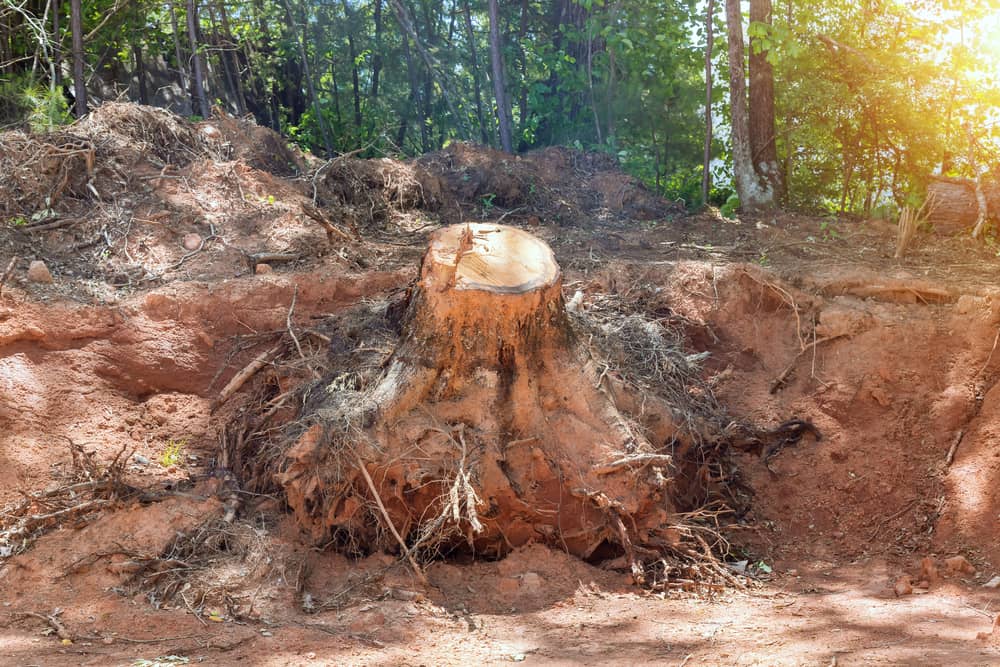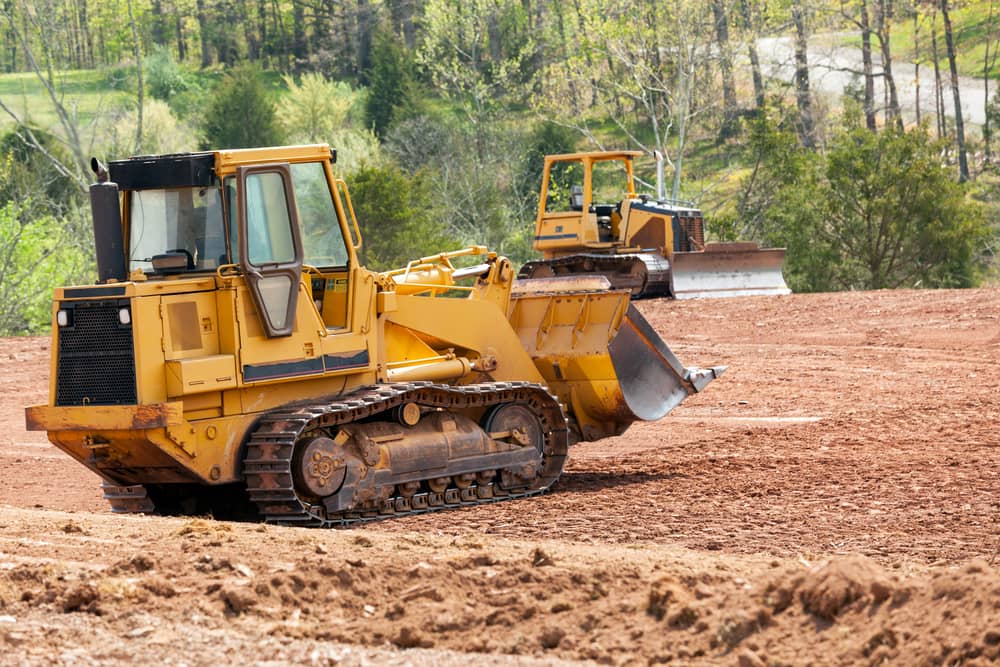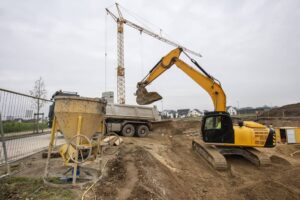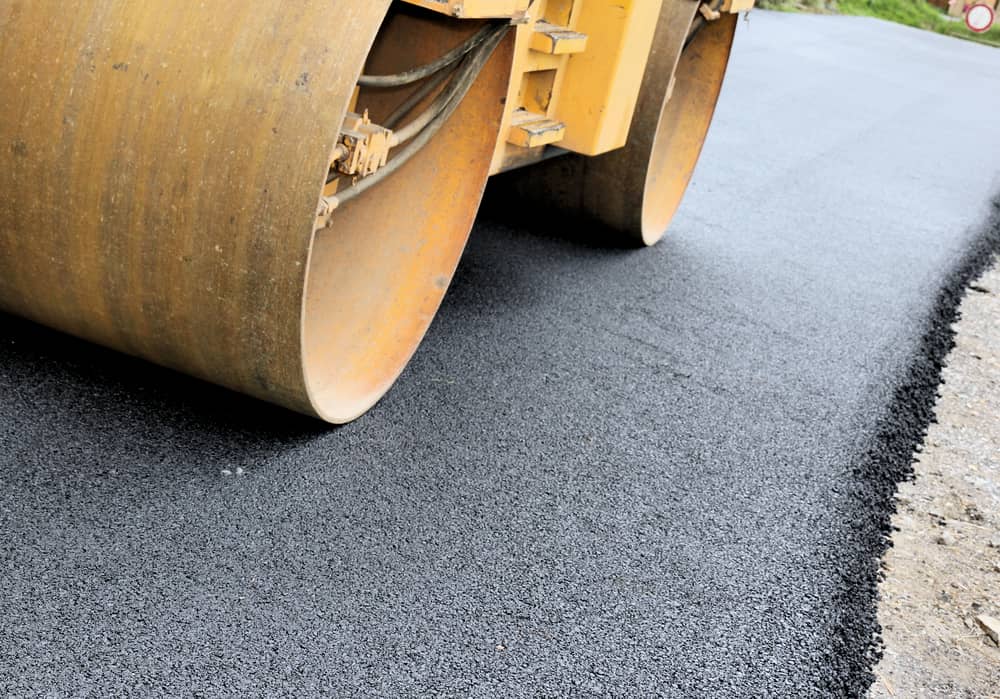Clearing land is a fundamental step in preparing a site for various purposes, whether for construction, agriculture, or landscaping. Finding what is the most efficient way to clear land is crucial for project managers, property owners, and developers to save time and resources and ensure environmental compliance.

This process involves removing trees, brush, stumps, and other obstacles that impede construction or farming activities. However, the efficiency of land clearing depends on various factors, including the size of the area, the type of vegetation, and the intended use of the land.
In this blog post, we will explore 7 expert tips that highlight what is the most efficient way to clear land, offering insights into methods that balance speed, cost-effectiveness, and ecological sensitivity.
Our goal is to provide practical advice that can be applied to your next land-clearing project, ensuring that you achieve the best possible outcomes with minimal hassle.
What is the Most Efficient Way to Clear Land
When tackling the task of preparing a site, the question of what is the most efficient way to clear land often arises. Efficiency in land clearing is not just about speed; it’s about minimizing environmental impact, reducing costs, and ensuring the land is ready for its next use as quickly as possible. Here are seven expert tips to achieve this:
1. Conduct a Detailed Site Assessment

Start with a thorough evaluation of the area. Understand the terrain, identify types of vegetation, and note any obstacles. This knowledge helps choose the most effective clearing method and equipment, ensuring the job is done right the first time.
2. Select Appropriate Equipment
The right machinery makes a significant difference. Heavy machinery like bulldozers or excavators may be required for extensive, densely vegetated areas. In contrast, smaller plots or areas close to structures might benefit from hand tools or smaller machines to reduce the risk of damage.
3. Apply Sustainable Clearing Techniques
Opt for methods that preserve the ecosystem as much as possible. Techniques such as selective clearing, where only certain trees are removed, help maintain the land’s ecological balance. This approach also reduces the amount of debris needing disposal, saving time and resources.
4. Engage Professional Services
Experts in land clearing can dramatically increase efficiency. Their experience, knowledge of local regulations, and access to various equipment types ensure the job is completed efficiently and compliantly.
5. Break the Project into Phases
Dividing the work into manageable sections allows for better planning and execution. This phased approach helps deal with unexpected challenges and ensures that every part of the project receives the attention it deserves.
6. Efficiently Manage Debris
Efficient debris management is crucial. Options include burning (where allowed), chipping on-site, or transporting debris for disposal. Each option has advantages, and the best choice depends on the project size, location, and environmental considerations.
7. Plan for Erosion Control
After clearing, implementing erosion control measures is essential to protect the land. Techniques such as hydroseeding or installing silt fences can prevent soil erosion, preserve the site’s integrity, and prepare it for future development or landscaping.
Incorporating these tips into your land-clearing project can significantly enhance efficiency. By carefully planning, using the right tools for the job, and considering the environmental impact, you can answer the question of what is the most efficient way to clear land with confidence, ensuring your project’s success from the ground up.
What Is the Fastest Way to Clear Land
When looking for the fastest way to prepare your land for a new project, employing the right strategies is crucial. The essence of speed in land clearing lies in the combination of advanced machinery, skilled professionals, and thorough pre-planning.
Utilizing Heavy-Duty Equipment

Bulldozers, excavators, and tree shears are designed to tackle vast areas quickly, dealing with large trees and dense brush. Their power and efficiency can drastically reduce the time needed for clearing.
Expertise Makes a Difference
Hiring a team with extensive experience in land clearing can significantly accelerate the process. These professionals understand how to navigate various terrains and obstacles, ensuring the work is done swiftly and effectively.
Pre-planning is Essential
A detailed plan that includes assessing the site, securing necessary permits, and preparing the area for easy machinery access can prevent delays. This proactive approach ensures the clearing process’s fastest possible start and continuation.
Efficient Debris Management
Choosing the proper method for dealing with the removed vegetation—whether chipping on site, burning (where allowed), or hauling away—can keep the project moving without interruptions. This consideration is vital in maintaining momentum and avoiding potential bottlenecks.
Balancing speed with attention to detail and environmental considerations ensures that what is the most efficient way to clear land aligns with both project timelines and sustainability goals. This approach not only achieves quick results but also prepares the land for its next phase of development or use, reflecting a comprehensive understanding of efficiency in land clearing practices.
What is the Most Efficient Method of Clearing Land for Construction
When preparing land for construction, it’s vital to approach clearing with a strategy that aligns efficiency with future development plans. The most efficient method involves precise planning, technological assistance, and environmental consideration. Here’s how to achieve this balance:
Initial Site Assessment
A thorough site evaluation is crucial to identify areas that require clearing and those that can be preserved. This assessment helps in minimizing unnecessary disturbance to the land.
Selective Clearing
Instead of clearing the entire plot, selective removal of trees, bushes, and other vegetation can save time and resources. This approach also retains the natural landscape features beneficial for the construction project.
Advanced Machinery
Utilizing GPS and other advanced technologies in machinery allows for precise clearing. This precision ensures that what is the most efficient way to clear land is also aligned with the construction blueprint, avoiding the need for rework.
Recycling Cleared Materials
Turning cleared vegetation into mulch for site use reduces waste and can help in soil stabilization and erosion control, contributing to the efficiency of the clearing process.
Soil Erosion and Sediment Control Plans
Implementing these plans from the outset minimizes the impact of clearing activities on the site. It ensures that the land remains stable and suitable for construction activities, avoiding potential delays.
Incorporating these practices into the land clearing process for construction not only answers the question of what is the most efficient way to clear land but also sets a solid foundation for the subsequent phases of the construction project. This methodical approach ensures that the site is prepared in a manner that respects environmental considerations while meeting project timelines.
Final Thoughts
Understanding what is the most efficient way to clear land is pivotal for the success of any project requiring land preparation. This blog has outlined several key strategies, emphasizing the importance of meticulous planning, the application of advanced clearing techniques, and adherence to environmental and regulatory standards.
These practices are not merely about removing obstacles from a site; they’re about doing so in a way that lays a solid foundation for whatever comes next, whether it’s construction, agriculture, or landscaping. Implementing these strategies can significantly improve project efficiency, cost management, and environmental conservation.
As projects progress, the choice of partners and service providers becomes crucial. In this context, Shilling Excavation stands out for its commitment to these principles. Offering expertise, technology, and a deep respect for the environment, they ensure that your land-clearing needs are met with the utmost efficiency and sustainability.
Choosing Shilling Excavation means selecting a partner who understands the nuances of efficient land preparation, making them an invaluable asset for any project.





